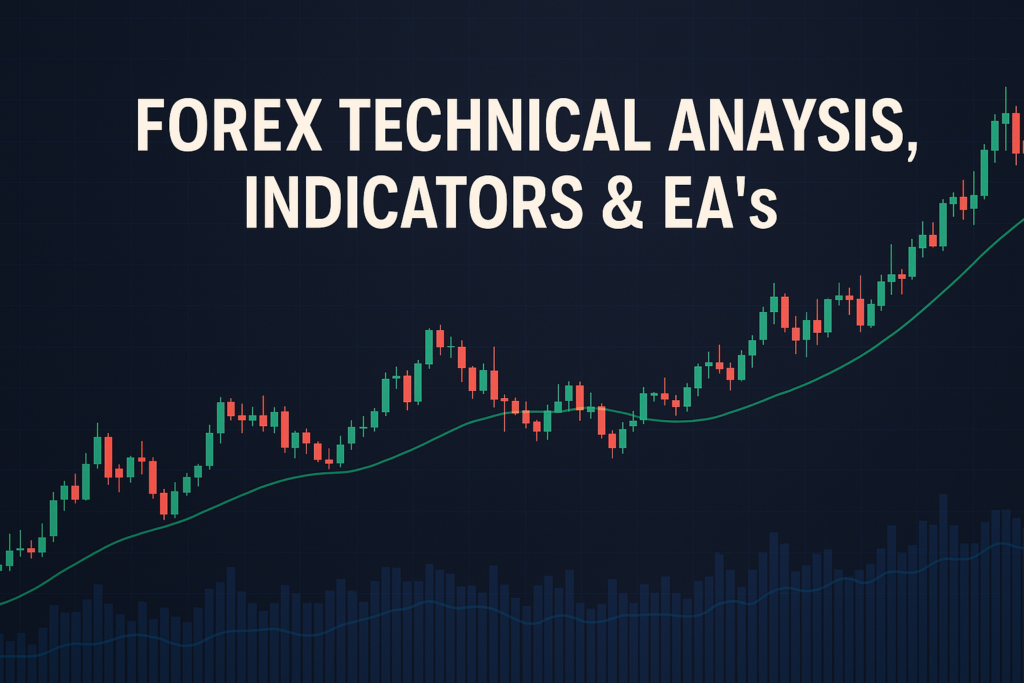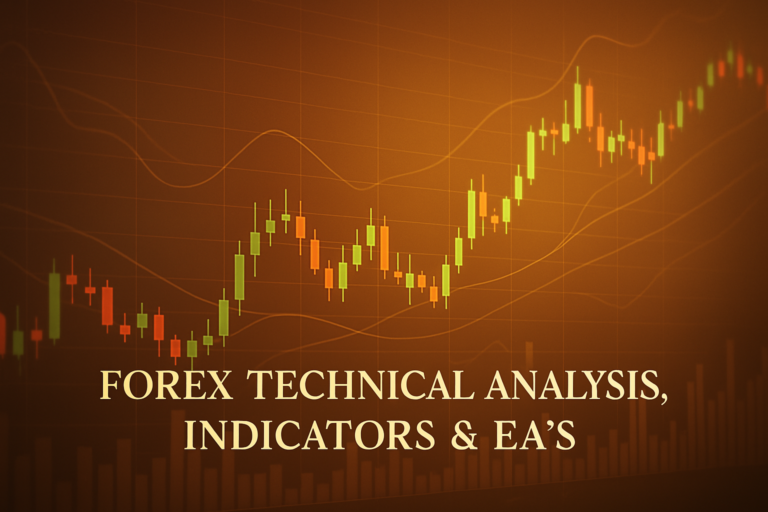
The 9 moving average is essential for traders looking to identify trends and enhance their trading strategies in the Forex market.
The 9 moving average is a popular tool in Forex trading. It helps traders identify trends and make informed decisions. Many traders, both beginners and professionals, often find it challenging to use this indicator effectively. The confusion usually comes from understanding how it works and when to apply it in their strategies.
To benefit from the 9 moving average, it’s essential to grasp its significance in the market. This article will journey through what the 9 moving average is, its historical background, advantages and disadvantages, and how to apply it in your trading. We will also explore trading strategies that can enhance your Forex trading experience.
Additionally, we’ll touch upon the Awesome Oscillator, a valuable indicator that traders use alongside the 9 moving average. You can learn more about it in this Awesome Oscillator guide.
What is a 9 Moving Average?
What is a 9 Moving Average?
The 9 moving average is simply the average price of a currency pair over the last nine periods. Think of it as a smooth line that helps you see the overall direction of the market. If the price is above the 9 moving average, it usually means the trend is upward. If the price is below, it indicates a downward trend. This makes it easier for traders to spot when to buy or sell.
Types of 9 Moving Average
There are several types of 9 moving averages, including:
- Simple Moving Average (SMA): This is the basic 9 moving average, calculated by adding the last nine prices and dividing by nine.
- Exponential Moving Average (EMA): This type gives more weight to recent prices, making it more sensitive to price changes.
- Weighted Moving Average (WMA): Here, more recent prices have a greater impact on the average than older prices.
How 9 Moving Average Smooths Out Price Action
The 9 moving average smooths out price fluctuations, making it easier to see trends. Imagine looking at a bumpy road; it can be hard to tell if you’re going uphill or downhill. But if you lay a smooth line over it, you can easily see the direction. That’s exactly what the 9 moving average does in Forex trading.
Common Periods Used and Why
While the 9 moving average is popular, traders also use other periods like 5, 10, or 20. The choice depends on their trading style. Shorter periods react faster to price changes, ideal for day traders. Longer periods provide a broader view, suitable for swing traders. Understanding these differences helps traders choose the right moving average for their strategy.
The History of 9 Moving Average: How It Became Popular
Origin of 9 Moving Average
The concept of moving averages dates back to the early 1900s, but the 9 moving average gained popularity in the Forex market around the 1980s. Traders began using it to simplify their analysis and make quicker decisions.
When Did Traders Start Using It Widely?
As technology advanced and trading platforms became more accessible in the 1990s, the use of the 9 moving average exploded. Traders found it easy to apply and interpret, making it a staple in their trading strategies.
Real-Life Stories
Many professional traders have credited the 9 moving average for their success. For instance, a famous trader once mentioned that by using the 9 moving average in conjunction with other indicators, they could spot trends early and make profitable trades. These stories inspire both new and experienced traders to explore the 9 moving average.
Advantages and Disadvantages of 9 Moving Average
Advantages:
- Helps Identify Trends Easily: The 9 moving average makes it clear whether the market is trending up or down.
- Useful for Dynamic Support and Resistance: It acts as a guide for potential support and resistance levels.
- Works Well for Crossover Strategies: When the price crosses the 9 moving average, it often signals a buying or selling opportunity.
Disadvantages:
- Lags Behind Price Movements: Since it’s based on past prices, it can be slow to react to sudden changes.
- Can Give False Signals in Sideways Markets: In a ranging market, it may lead to confusion and unprofitable trades.
How to Apply 9 Moving Average on MT4 & MT5
Step-by-Step Guide to Adding 9 Moving Average on Charts
To add the 9 moving average on your MT4 or MT5 platform, simply follow these steps:
- Open your trading platform.
- Select the currency pair you want to analyze.
- Click on “Insert” in the menu, then go to “Indicators” and choose “Trend.” Select “Moving Average.”
- Set the period to 9 and choose your preferred color.
- Click “OK” to apply it to your chart!
Customizing 9 Moving Average Settings
You can customize the 9 moving average settings to fit your trading style. Adjust the color to make it stand out on your chart. You can also switch between Simple, Exponential, or Weighted moving averages based on your preference.
Saving Templates for Easy Application
If you frequently use the 9 moving average, consider saving your chart as a template. This way, you can load it quickly for any currency pair without needing to redo the settings each time.
5 to 7 Trading Strategies Using Only 9 Moving Average
All Time Frame Strategy (M5 to D1)
This strategy works across all time frames. When the price crosses above the 9 moving average, consider it a buy signal. When it crosses below, look for a sell signal. For example, if you’re on the M5 chart and the price crosses above the 9 moving average, you might enter a long position.
Trending Strategy
In a strong trend, use the 9 moving average to confirm your trades. If the price is consistently above the 9 moving average, look for buying opportunities. For instance, if you see a bullish trend on the H1 chart, buy when the price retraces to the 9 moving average.
Counter Trade Strategy
This strategy involves trading against the trend. When the price touches the 9 moving average in a downtrend, consider it a potential reversal point. For example, if the price is falling and hits the 9 moving average, you might sell, anticipating a bounce back.
Swing Trade Strategy
Use the 9 moving average to identify swing trade opportunities. If the price pulls back to the 9 moving average during an uptrend, it can be a good place to buy. For example, if you see the price retrace to the 9 moving average on the D1 chart, consider entering a long position.
5 to 7 Trading Strategies Combining 9 Moving Average with Other Indicators
All Time Frame Strategy (M5 to D1) with RSI
Combine the 9 moving average with the Relative Strength Index (RSI). When the RSI is below 30 and the price crosses above the 9 moving average, consider it a buy signal. For example, if you see the RSI at 25 and the price crosses above the 9 moving average, enter a long position.
Trending Strategy with MACD
In a trending market, use the 9 moving average with the MACD. If the MACD line crosses above the signal line while the price is above the 9 moving average, look for a buying opportunity. For instance, if the MACD shows bullish divergence while the price is above the 9 moving average, it’s a good sign to enter a long trade.
Counter Trade Strategy with Stochastic Oscillator
Combine the 9 moving average with the Stochastic Oscillator for counter-trend trading. If the Stochastic Oscillator is above 80 and the price touches the 9 moving average in a downtrend, consider selling. For example, if the price hits the 9 moving average during a downtrend and the Stochastic is at 85, this might indicate a potential reversal.
Swing Trade Strategy with Bollinger Bands
Use the 9 moving average with Bollinger Bands. When the price touches the lower Bollinger Band and the 9 moving average is trending up, consider it a buy signal. For example, if the price hits the lower band while above the 9 moving average, it may be a good opportunity to enter a long position.
Additionally, if you want to explore trading with long envelopes, it can provide extra layers of analysis for your trades.
Top 10 FAQs About 9 Moving Average
1. What is a 9 moving average?
The 9 moving average is the average price of an asset over the last nine periods, used to identify trends in Forex trading.
2. How do I set up a 9 moving average on my trading platform?
To set up a 9 moving average, go to “Insert” -> “Indicators” -> “Trend” -> “Moving Average.” Set the period to 9.
3. Why is the 9 moving average popular among traders?
Its simplicity and effectiveness in identifying trends make the 9 moving average a favorite among both beginners and experienced traders.
4. Can I use the 9 moving average for day trading?
Yes, many day traders use the 9 moving average for quick entry and exit points in fast-moving markets.
5. What are the limitations of the 9 moving average?
It can lag behind price movements and give false signals in sideways markets, which may lead to unprofitable trades.
6. How do I combine the 9 moving average with other indicators?
To enhance your strategy, use the 9 moving average alongside indicators like RSI, MACD, or Stochastic Oscillator for better confirmation.
7. Is it better to use a Simple or Exponential Moving Average?
It depends on your trading style. The EMA reacts quicker to price changes, while the SMA provides a smoother view of trends.
8. How can I improve my trading results with the 9 moving average?
Combine it with other indicators, practice different strategies, and always test them on demo accounts before trading with real money.
9. What time frames work best for the 9 moving average?
The 9 moving average can be used in all time frames, but it’s most effective in shorter time frames like M5 and H1 for active trading.
10. Should I always rely on the 9 moving average?
No, while it’s a useful tool, it’s essential to combine it with other analyses and indicators for a well-rounded trading approach.
Conclusion
In summary, the 9 moving average is a powerful tool for Forex traders. It helps identify trends, provides dynamic support and resistance levels, and can enhance your trading strategies. To use it effectively, always combine it with other indicators and test your strategies before risking your capital.
Remember, practice makes perfect! Take your time to understand and apply the 9 moving average in your trades. With patience and persistence, you can achieve success in Forex trading.
Looking to stay informed on forex trends? This resource breaks it down well Benzinga, Investing.com
Expand Your Knowledge
- 📌 Forex Trading Learning Road Map
- 📌 Forex Trading Course with no Fees
- 📌 Forex Trading Issues, Problems, and Solutions
- 📌 Forex Daily Forecast & Live Updates
- 📌 Forex Fundamental & News Analysis: Tomorrow’s Market Movers & Trade Opportunities
- 📌 Forex Education Hub: Learn & Profit
- 📌 Forex Technical Analysis, Indicators & EA’s
Start Trading Today
Ready to take your forex trading to the next level? Open an account with Exness, one of the most trusted platforms in the industry. 👉 Sign Up Now and trade with confidence!
My recommended broker stands out with ultra-low spreads for beginners, instant withdrawals, and zero spread accounts for pro traders.
Trusted since 2008, lightning-fast execution, no hidden fees, and a secure, transparent trading environment—giving you the edge you need to succeed. 🚀
YouTube Video Library: Related Videos
Note: The video above is embedded from YouTube and is the property of its original creator. We do not own or take responsibility for the content or opinions expressed in the video.



